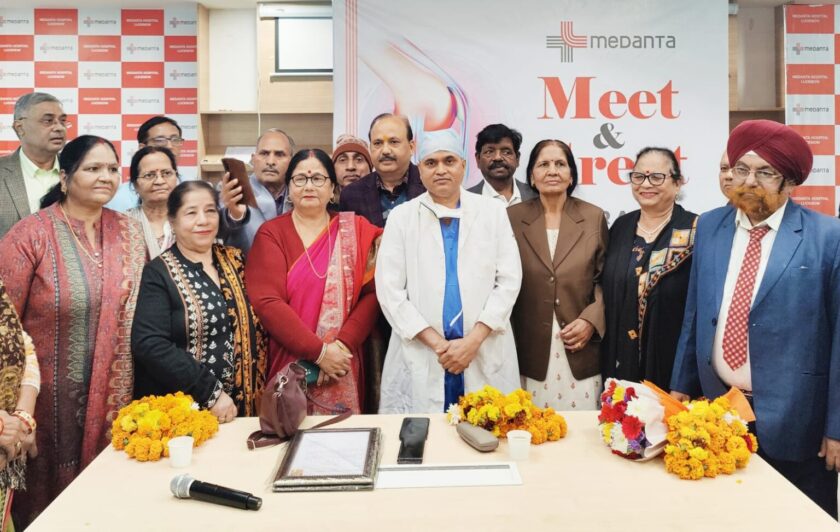Lucknow: In a significant push towards promoting nutrition-rich millets, the Uttar Pradesh government, under the leadership of Chief Minister Yogi Adityanath, is offering subsidies on hybrid varieties of bajra (pearl millet) seeds to farmers across the state. Recognized as a vital part of India’s Shri Anna initiative, bajra is now being positioned as both a health-enhancing and climate-resilient crop.
Bajra: The Nutritional Powerhouse After Rice, Wheat, and Maize
With nearly 10 lakh hectares under bajra cultivation—ranking after rice, wheat, and maize—Uttar Pradesh is among the key contributors to millet production in India. Bajra grains are rich in dietary fiber, protein, B-complex vitamins, calcium, phosphorus, manganese, and antioxidants. These components enhance immunity and are especially beneficial for managing diabetes, improving heart health, relieving digestive ailments, and aiding in weight management.
Due to its numerous health benefits and rising market demand, bajra-based processed food products and medicinal derivatives are gaining popularity. The state government is promoting this crop to strengthen farmer incomes and public health.
Ideal Crop for Rain-Deficient Regions
One of bajra’s major advantages is its adaptability to low rainfall (400–500 mm), making it ideal for drought-prone or rain-deficient districts. Currently, 29 districts in the state have recorded below-average rainfall, rendering rice cultivation unfeasible. In such regions, bajra presents a lucrative alternative.
Sowing can be done till mid-August in cases where rice crops fail, with a growth cycle of only 80–85 days, allowing timely harvesting before November 10. This, in turn, allows for the timely sowing of Rabi crops. Bajra yields around 25–30 quintals per hectare, and due to its lower input costs and higher market prices compared to rice, it offers farmers better returns.
Advanced hybrid varieties like 86M84, Bio-8145, NBH-5929, and the high-yielding composite variety Dhanshakti can produce up to 35–40 quintals per hectare under optimal conditions.

Subsidized Seeds, MSP Procurement for Increased Farmer Profits
To make bajra cultivation more accessible and profitable, the Yogi government is providing subsidized hybrid seeds through state-run agricultural seed stores. This initiative significantly reduces input costs for farmers.
Additionally, since the 2022–23 season, the state has begun procuring bajra at the Minimum Support Price (MSP), ensuring assured returns and reduced market risk. Farmers cultivating bajra are thus protected both in terms of price and crop viability.
Scientific Methods Encouraged to Prevent Soil-Borne Diseases
For effective cultivation, the agriculture department recommends soil treatment before sowing using Trichoderma harzianum (2.5 kg at 2% powder concentration) to prevent soil-borne diseases and improve crop health.
A Call to Farmers
The agriculture department has urged farmers to take advantage of government schemes and shift towards bajra cultivation in rain-fed and uneven terrain areas. By adopting modern hybrid seeds and making use of state support, farmers can expect higher yields and better economic outcomes during the Kharif season.
With the dual goals of nutrition and sustainable agriculture, bajra is emerging as a climate-smart crop, aligning perfectly with the Yogi government’s vision for self-reliant farmers and healthier communities.





